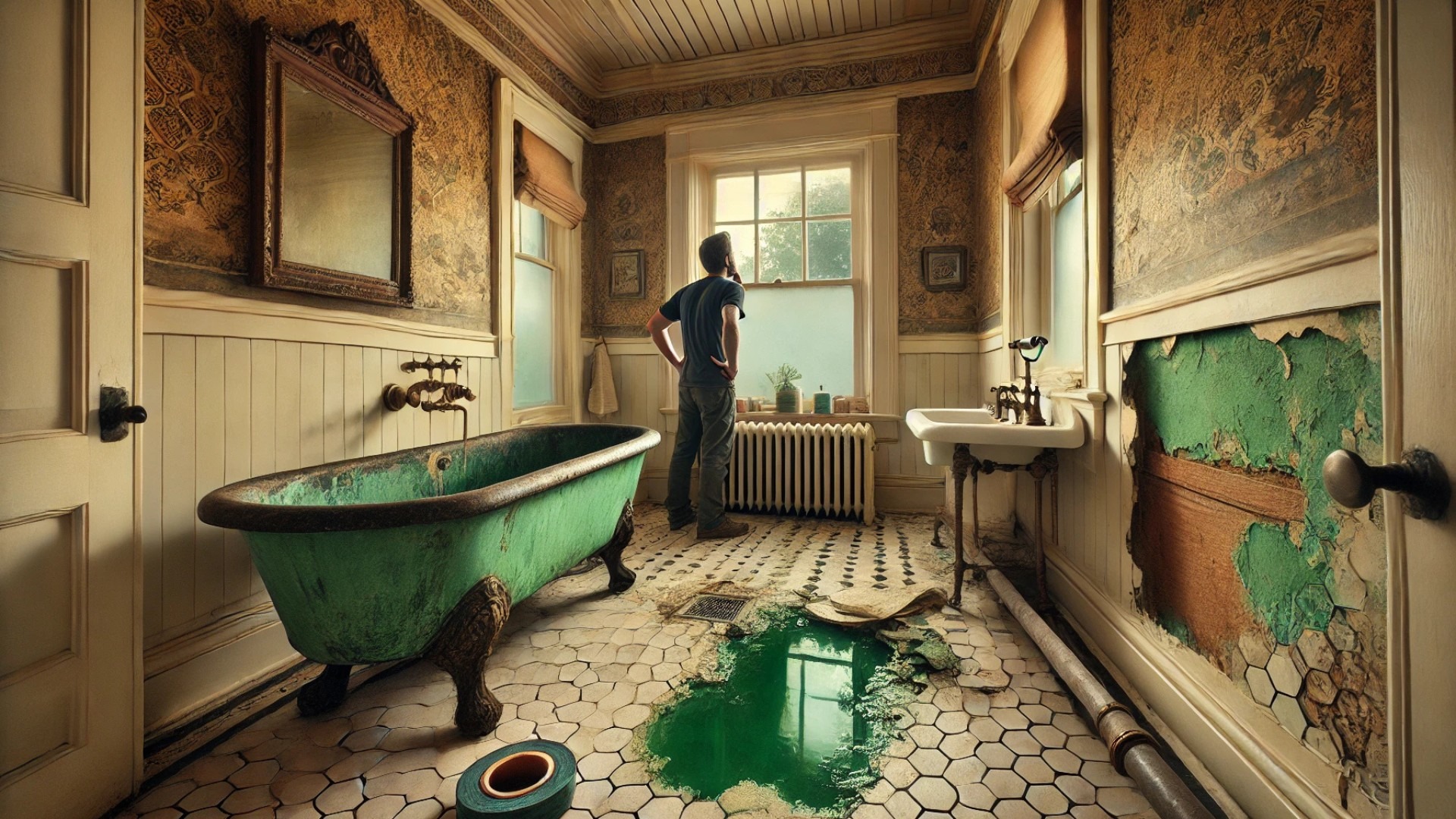
Unveiling Hidden Historical Treasures in Your Home
Imagine initiating a renovation in your vintage bathroom, only to halt at a mysterious green stain near the tub. While your contractor’s instinct might be to strip it away, this stain could represent an extraordinary piece of history that predates antibiotics—a relic of advanced health technology from 1880 to 1930. Back then, wealthy homeowners leveraged copper-based paint not only for aesthetics but also as a formidable antimicrobial defense against disease.
The Ingenious Origins of Copper Paint
To understand why this paint is so special, let’s take a historical detour back to the mid-1800s. Augustus Wonson, an inventive mind, discovered that copper could be used in marine paint to prevent barnacles from adhering to ship hulls. The brilliance of this idea transcended into architecture, leading cities to mandate the use of copper paint in buildings. The rationale? It inhibited the spread of disease, a revolutionary insight. As we now know, copper ions destroy bacterial cell membranes, and studies indicate they can eliminate up to 99.9% of bacteria within hours—long before modern medicine offered solutions.
Spotting This Antique Antimicrobial Marvel in Your Space
If your house dates back to the time when this copper paint was prevalent, you might be in luck! Look for specific indicators that suggest true copper paint is present. The most obvious signs include:
Coloration: Seek greenish stains or patinas, especially prevalent in areas like behind old radiators and near bathroom fixtures.
Location: These paints typically adorned upper-middle-class homes and institutional buildings. Key areas to inspect include master bathrooms, kitchens, and servants' quarters.
Age: Homes constructed between 1880 and 1930, especially those with an upscale pedigree, are likely candidates for containing this valuable historic finish.
Why Preservation Matters
Beware of common misconceptions about old finishes. Many contractors view historic paints as obsolete, leading to them ripping out these treasures in favor of modern alternatives. However, if you remove that copper paint, you potentially lose a valuable piece of architectural history that seamlessly blends functionality with heritage. It’s crucial to challenge the idea that old things need to be replaced. Instead, consider embracing the unique character they add to your space.
The Future of Historic Home Restoration
As society grows increasingly concerned with the longevity and sustainability of our materials, understanding the value of what’s beneath our paint layers becomes essential. Rather than a hidden blemish, that green stain is a physical reminder of times when craftsmanship was revered and the intersection of design and functionality was paramount. There’s not only monetary value in preservation but also likely an emotional resonance—a connection to the artistry of past generations.
Final Thoughts on Your Bathroom’s Potential
In a world that often prioritizes speed over craftsmanship, it is refreshing to remember the stories behind our homes. The next time you gaze at that odd green stain, ask yourself: what does it represent? Instead of rushing into a remodel, take a moment to appreciate the rich legacy of your property. It might just be worth thousands—historically and sentimentally. Advocate for preservation, and you’ll cherish the unique charm of your home even more.
 Add Row
Add Row  Add
Add 




Write A Comment